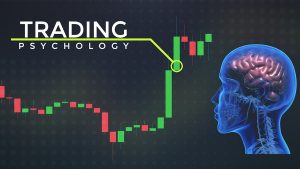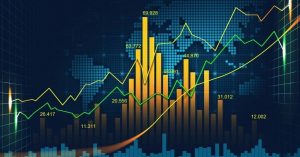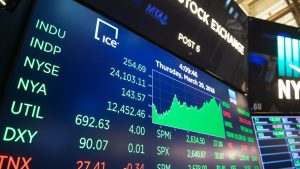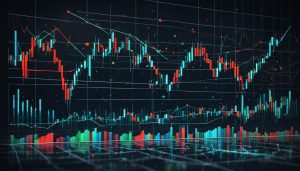Investing in Currency Trading
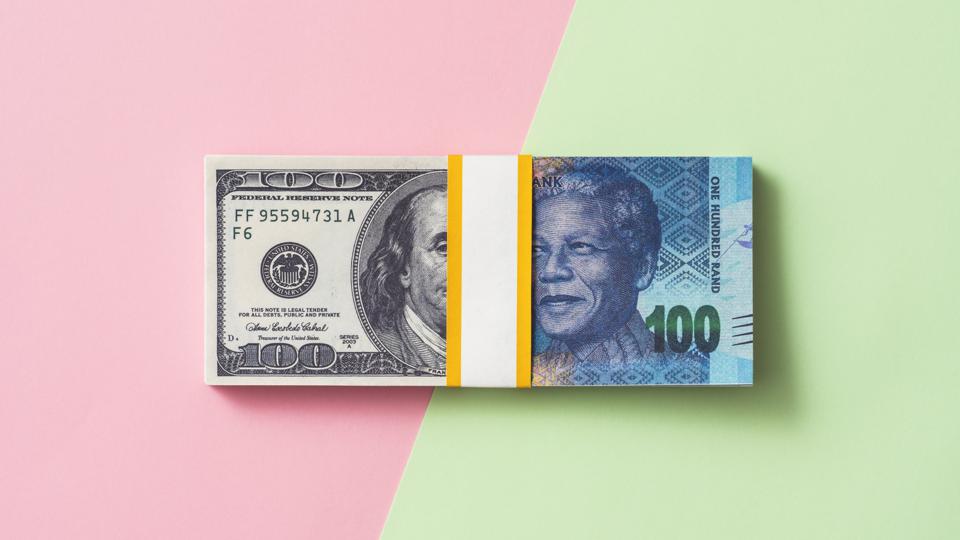
Investing in currency trading is the buying and selling of foreign currencies at current exchange rates. This is a global, decentralized, and over-the-counter market.
Contents
Bid and ask
Having a good understanding of bid and ask in currency trading is vital to any trader’s success. Bid and ask rates are the fundamental price in forex trading, as they determine whether or not you can buy or sell a currency pair. Understanding bid and ask rates is important, as they are used as entry points into the currency market.
The bid price is the highest price a trader is willing to pay for a currency pair. The ask price is the lowest price a seller is willing to accept. This is called the bid-ask spread.
The bid-ask spread represents the difference between the price at which a currency pair can be sold and bought. It is calculated by subtracting the bid price from the asking price. Usually, the bid-ask spread is expressed as a percentage.
Leverage risk
Investing in currency trading is a risky business. You must know your limitations and implement good risk management rules. However, using leverage can turbo boost your account growth.
Leverage is a trading strategy that allows you to invest a small amount of capital to generate a significant amount of profit. However, leverage can also magnify losses. Therefore, you should only use this strategy if it offers you a clear advantage.
The best way to figure out how much leverage you need is to consider your trade goals. If you are a beginner, you may want to start off with lower leverage ratios. However, if you are an experienced trader, you may want to consider a higher level of leverage.
Leverage is one of the many tools available to forex traders. It can help you expand your market knowledge and experience. Using leverage in forex can boost your purchasing power and flexibility. However, if you are not careful, you may end up blowing up your account.
Official exchange rate
Generally, the official exchange rate is fixed or pegged to the value of one country’s currency in relation to the other country’s currency. The rate is published by the foreign exchange administration of the country. These rates are usually used in countries that have strict foreign exchange controls.
In the free-floating exchange rate regimes, the exchange rate varies according to supply and demand in the foreign exchange market. It is based on the buying and selling prices of the major participants in the foreign exchange market. These rates are quoted by banks around the world. They are also called spot exchange rates.
The selling rate is the price at which dealers sell foreign exchange. The buying rate is the price at which a foreign exchange bank buys foreign currency. The selling rate is usually higher than the buying rate, as dealers have to pay for additional time required in a documentary transaction.
Short- and long-term foreign exchange rate movements
Whether you’re a beginner forex trader or an expert, you must understand how short- and long-term foreign exchange rate movements relate to currency trading. These movements are often caused by speculators, who buy and sell large amounts of a currency when they expect it to depreciate or appreciate. These traders are the major cause of short-term currency exchange rate movements.
Several tools are used by forex traders to identify patterns and predict short- and long-term exchange rate movements. These tools include sentiment, technical, and relative economic strength. They all attempt to identify trends before they happen. However, it’s important to note that they do not provide accurate forecasts of the direction of an exchange rate.
Typically, the foreign exchange market is open 24 hours a day. This means that traders can respond quickly to news and events. This also means that currency exchange rates can be volatile. The spot market, for example, is extremely volatile. It’s also important to remember that the foreign exchange market is open to a wide range of buyers and sellers. This means that you may be able to find a buyer willing to exchange a dollar for another currency at a lower price than you originally thought.
Forex market vs stock market
Among the many financial markets, the Forex market and the stock market have their own unique characteristics. It is important to know these differences to make better trading decisions.
The stock market is a trading marketplace that allows individuals to purchase and sell shares in different companies. The market has a number of different types of stocks, including penny stocks, which are notorious for losing money.
The Forex market is the largest financial market in the world. It is a virtual global marketplace where currencies are traded. It is open around the clock, five days a week. It has a high daily turnover, meaning millions of daily investors participate in the market.
The Forex market has a lot more to offer compared to the stock market. One of the most important characteristics of the Forex market is the high liquidity. This allows it to take advantage of opportunities that may arise.


